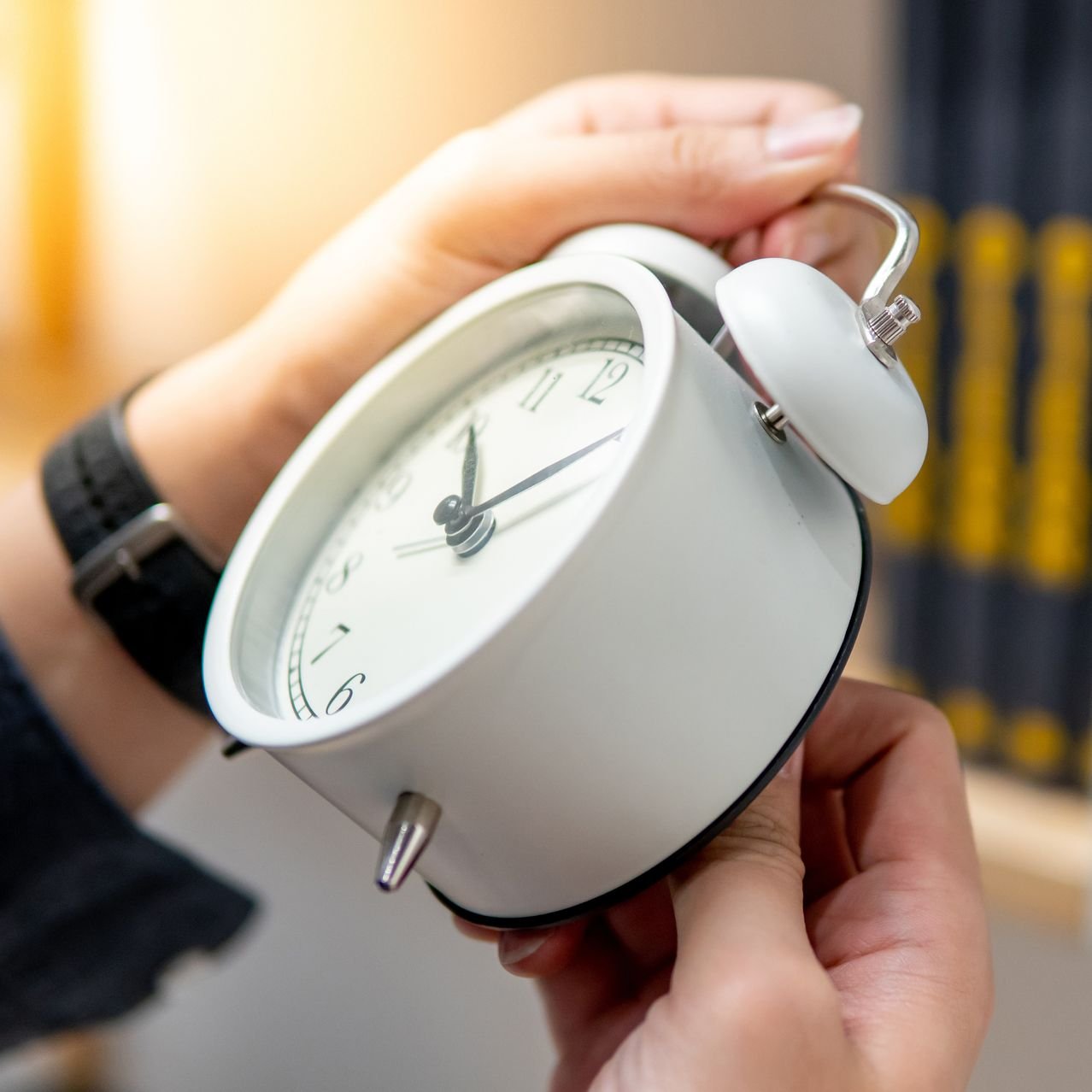The beginning of sunlight saving time has arrived once more, meaning practically all Americans – Hawaii and portions of Arizona don’t notice DST – are setting their tickers ahead 60 minutes. Some, nonetheless, are requiring the semiannual changing of the clocks to reach a conclusion.
- Clocks will push ahead one hour this Sunday at 2 a.m., changing from standard time, which starts in November, to light saving time, which is related with later dusks.
- Sen. Marco Rubio (R-Fl.) presented a Senate bill on Walk 1 that would make sunlight saving time super durable from one side of the country to the other and dispose of the November time change.
- Rubio presented a comparative bill, named the Daylight Security Act, in 2021 that passed in the Senate last Walk prior to kicking the bucket in the House in December.
- A House bill presented by Rep. Mike Rogers (R-Al.) on Walk 8 would permit states to change to long-lasting sunlight saving time without legislative endorsement, which the Uniform Time Act requires.
- Researchers have long related the change to light saving time with medical conditions including circadian mood interruptions, higher gamble for heftiness, diabetes, hypertension and expanded cases of work environment wounds, coronary failures and, surprisingly, lethal vehicle crashes.
Sunlight reserve funds was presented in the U.S. during The Second Great War as a method for expanding sunlight during working hours and get a good deal on energy used to enlighten evening hours. Until 1966, when Congress normalized the time change, states and neighborhood legislatures could initiate their own time changes at whatever point they needed, making it challenging for the transportation business to arrange travel between states. By and by, states supporting permanent sunlight saving time say changing times two times per year is a disturbance and at this point not important to save fuel.
What is Congress doing about daylight saving time?
Most Americans, including Illinois occupants, will move their tickers ahead by an hour this end of the week, flagging hotter temperatures and more splendid days to come.
The authority time change will happen at 2 a.m. Sunday, with timekeepers hopping forward to 3 a.m. in states that notice sunlight saving time.
Under arrangements of the Energy Strategy Demonstration of 2005, which revised the Uniform Time Demonstration of 1966, sunshine saving time starts consistently on the subsequent Sunday in Spring. That time change will stay in actuality until the primary Sunday in November, under the law.
The change will push nightfall to almost 7 p.m., a hindrance that will be broken on St. Patrick’s Day one week from now, as per authorities. While we’ll see more long periods of sunlight, that will accompany a tradeoff – one less hour of rest.
Here’s the beginning and end. You really want to be aware of DST, including its experience, the discussion encompassing it and how to adapt to losing some crucial dozing time.
When do we recover the lost hour of morning daylight?
After sunshine saving time starts Sunday, we’ll get up in obscurity — yet in half a month, mornings will turn more splendid in the future. The table underneath shows when various urban communities recover the lost hour of morning light. As sunshine keeps on expanding, it will require minimal more than a month until dawn “gets up to speed” to similar time we see the day preceding the time change.



